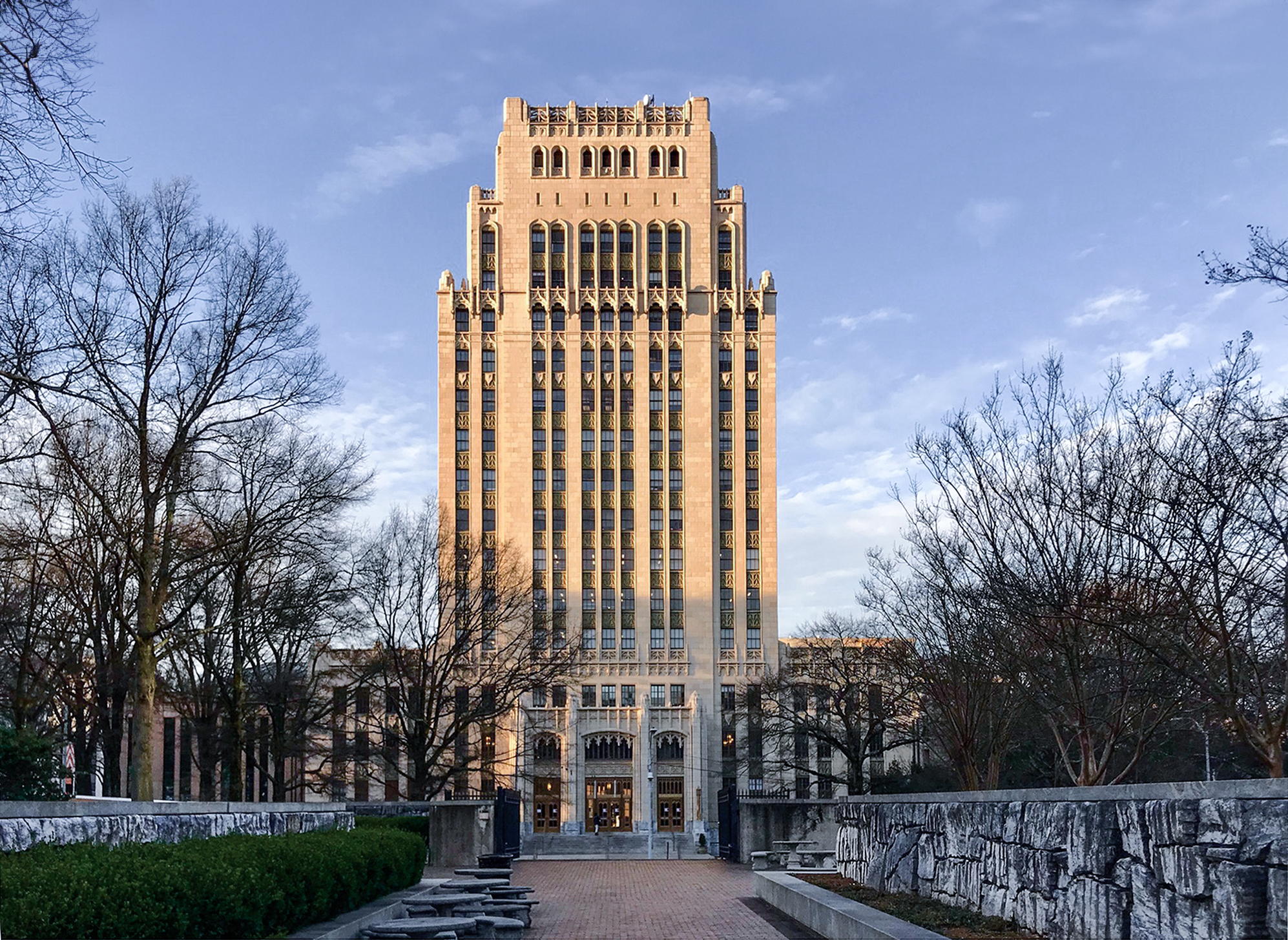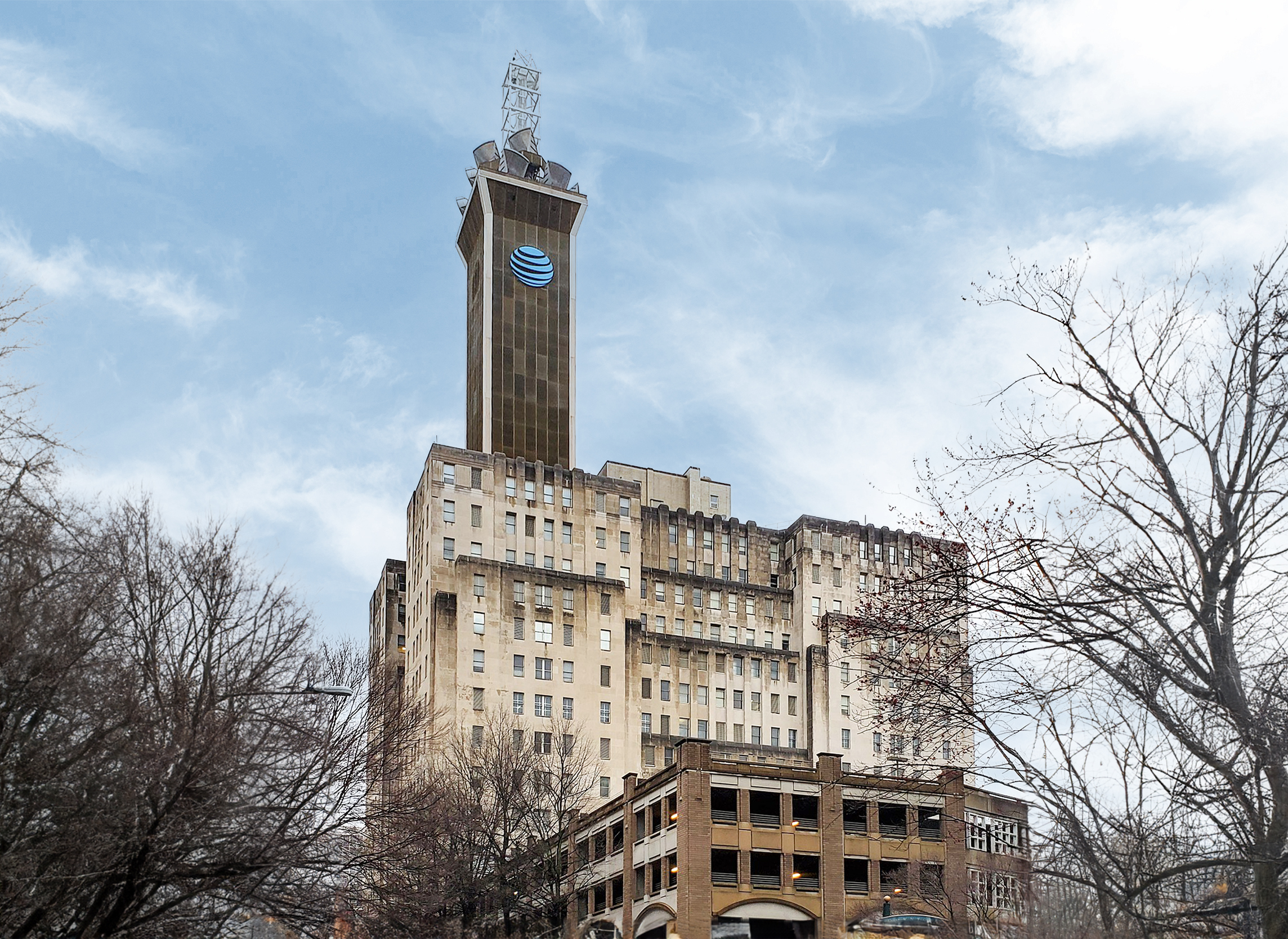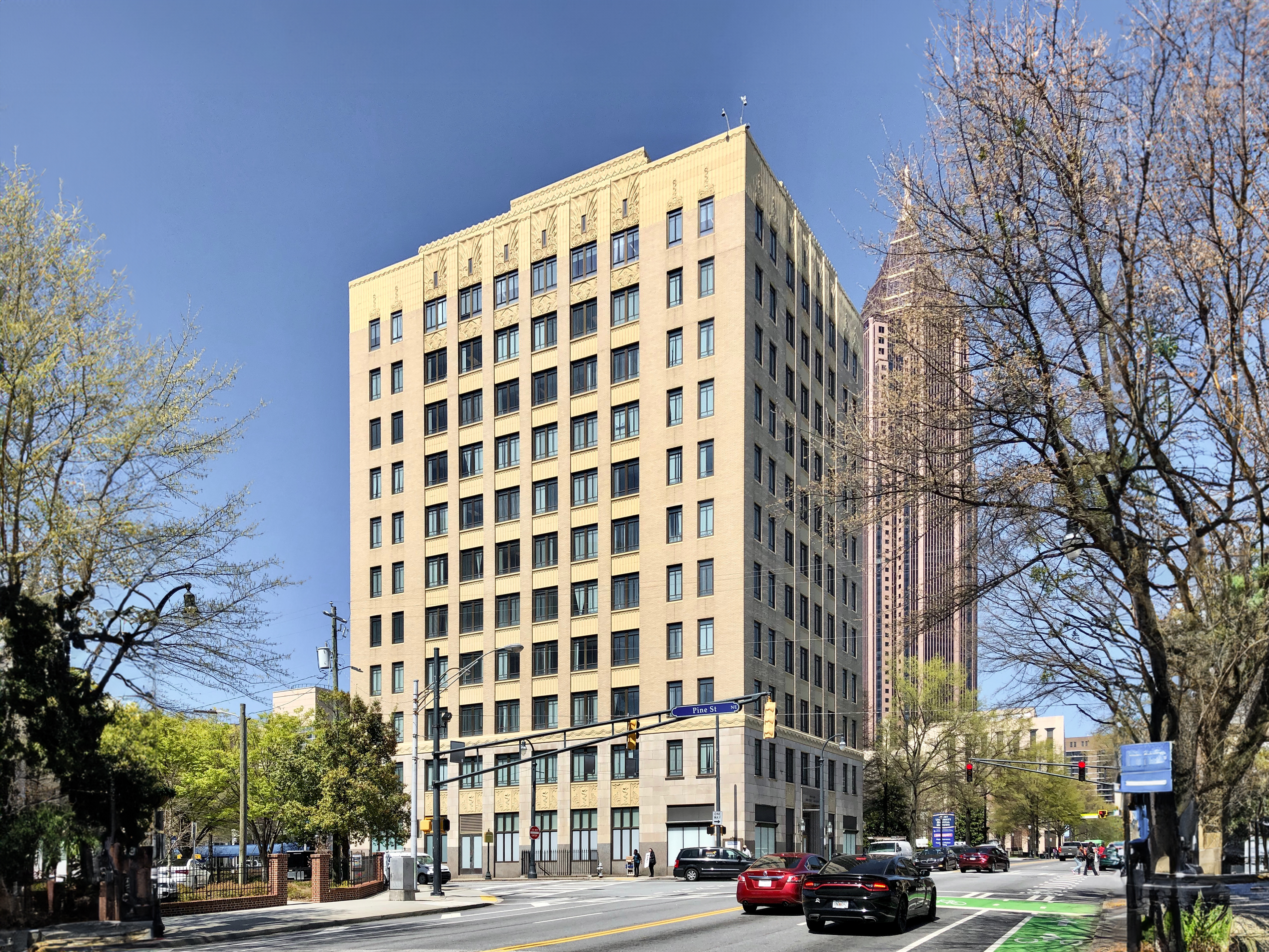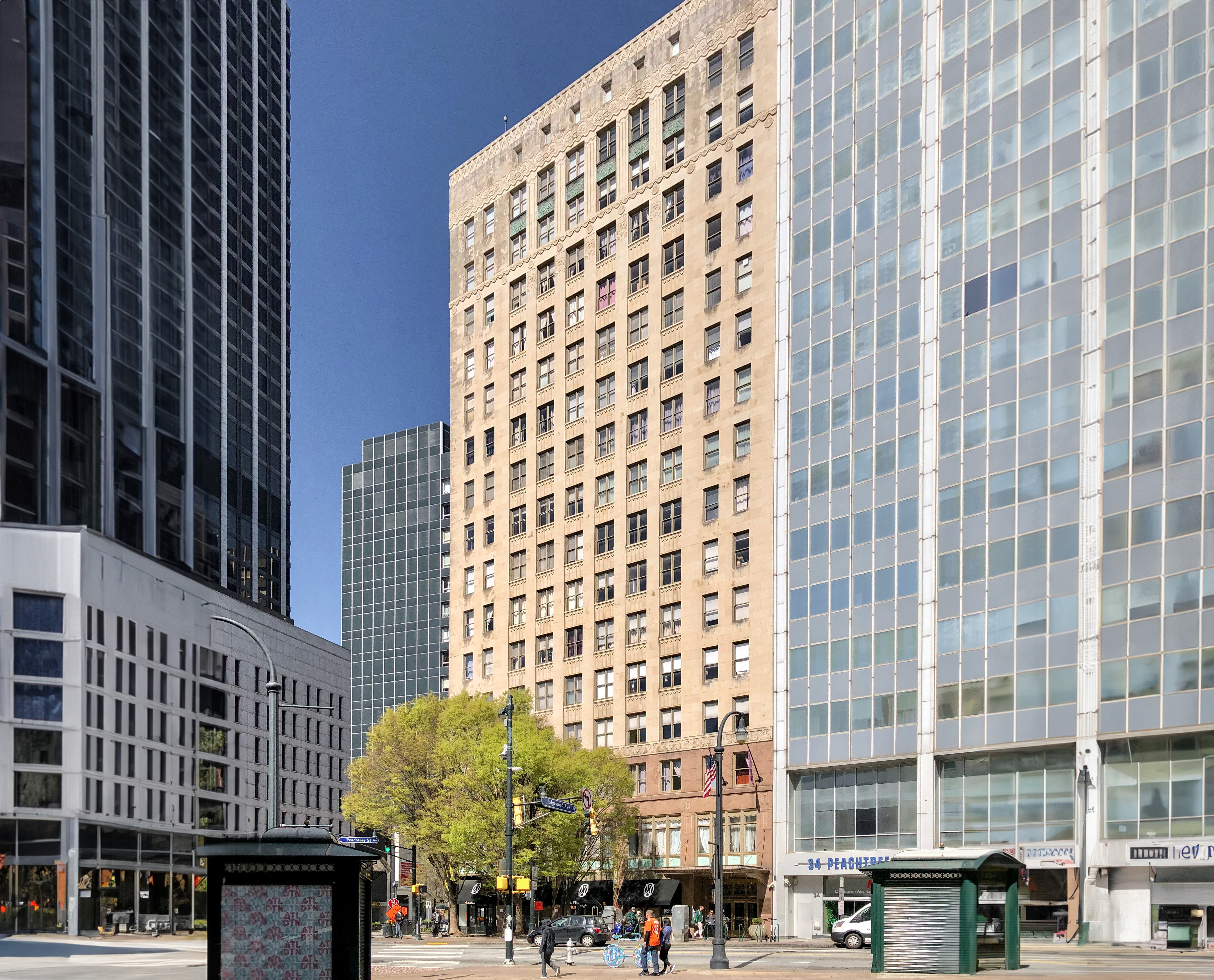The Atlanta City Hall is an Art-deco skyscraper designed by G.Lloyd Preacher, and built between 1928 and 1930 in Atlanta, GA.
Its precise street address is 68 Mitchell Street NE, Atlanta, GA. You can also find it on the map here.
The Atlanta City Hall is a structure of significant importance both for the city of Atlanta and the United States as a nation. The building embodies the distinctive characteristic features of the time in which it was built and the Art Deco style. Because of that, the Atlanta City Hall was officially declared as a national landmark on July 23rd 1989.
The building has been restored 2 times over the years to ensure its conservation and adaptation to the pass of time. The main restoration works happened in 1989 and 2003.





